Throughout winter in his garden in Somerset, no-dig grower Charles Dowding picks winter vegetables and leaves. Most-winter-cropping vegetables need longer to grow than summer harvesting ones, and some need sowing at precise times to enable them to mature in the autumn when the soil is still warm. If you want to grow these winter cropping varieties in the garden or allotment, aim to keep sowing and planting through summer. Charles works on a quarter acre of undug, surface-composted beds. To get the most from his plot, he plans carefully for the year ahead, to work out what to crop and when to crop. He offers some advice and list some of his favourite winter vegetables below.
By early October the garden can be fuller than at any other time of year, and you will have already stored many vegetables to enjoy over the coming winter. I still find it remarkable that the garden produces these precious winter harvests
No-dig grower, Charles Dowding
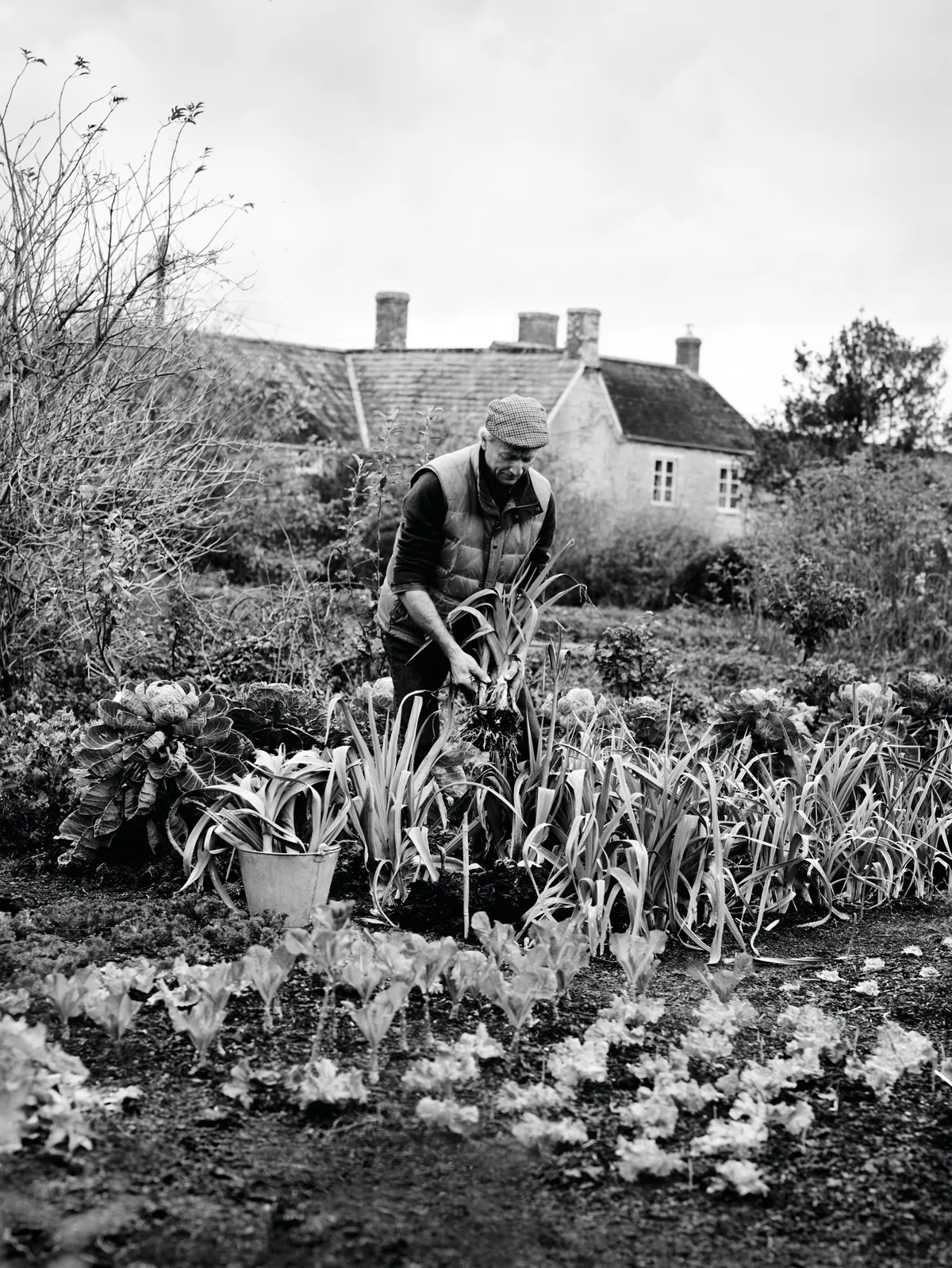
The best vegetables to grow in winter
1
Beetroot
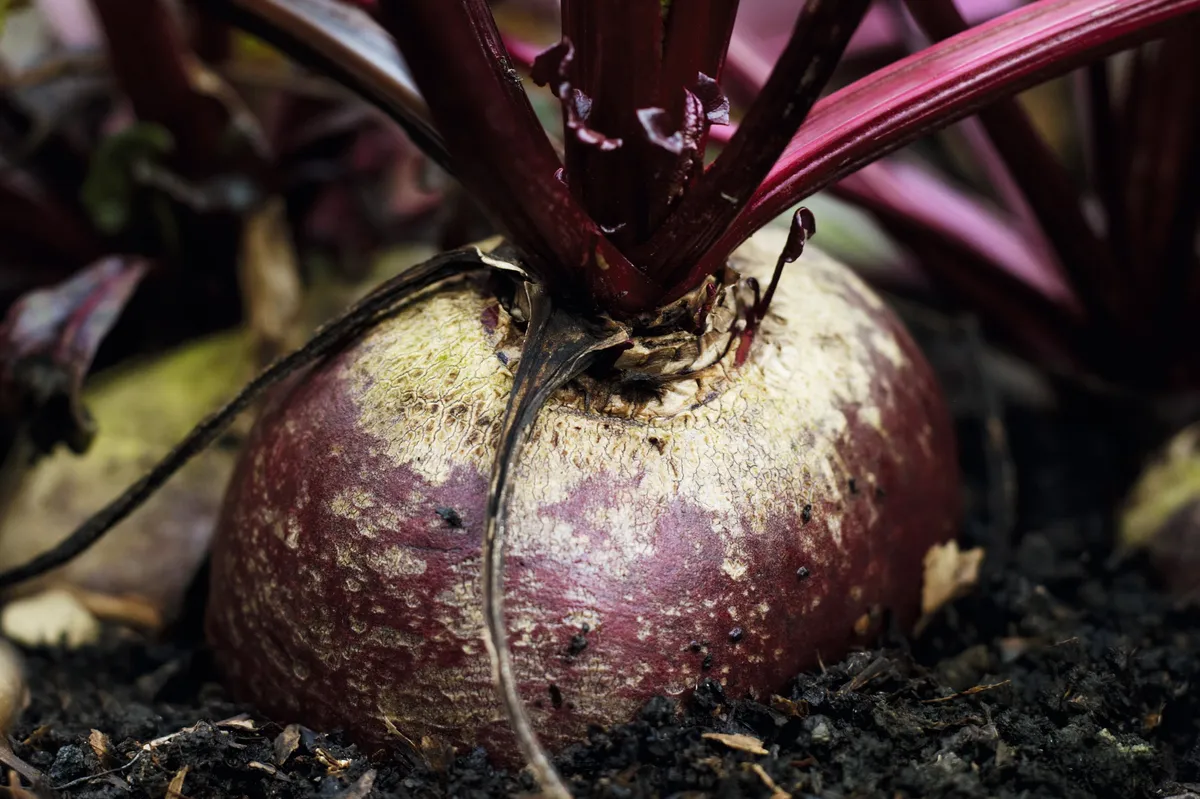
A reliable staple. Sow four seeds in 3-4cm modules, to plant within a month of sowing as clumps of three to five seedlings, 30cm apart.
2
Brussels sprouts
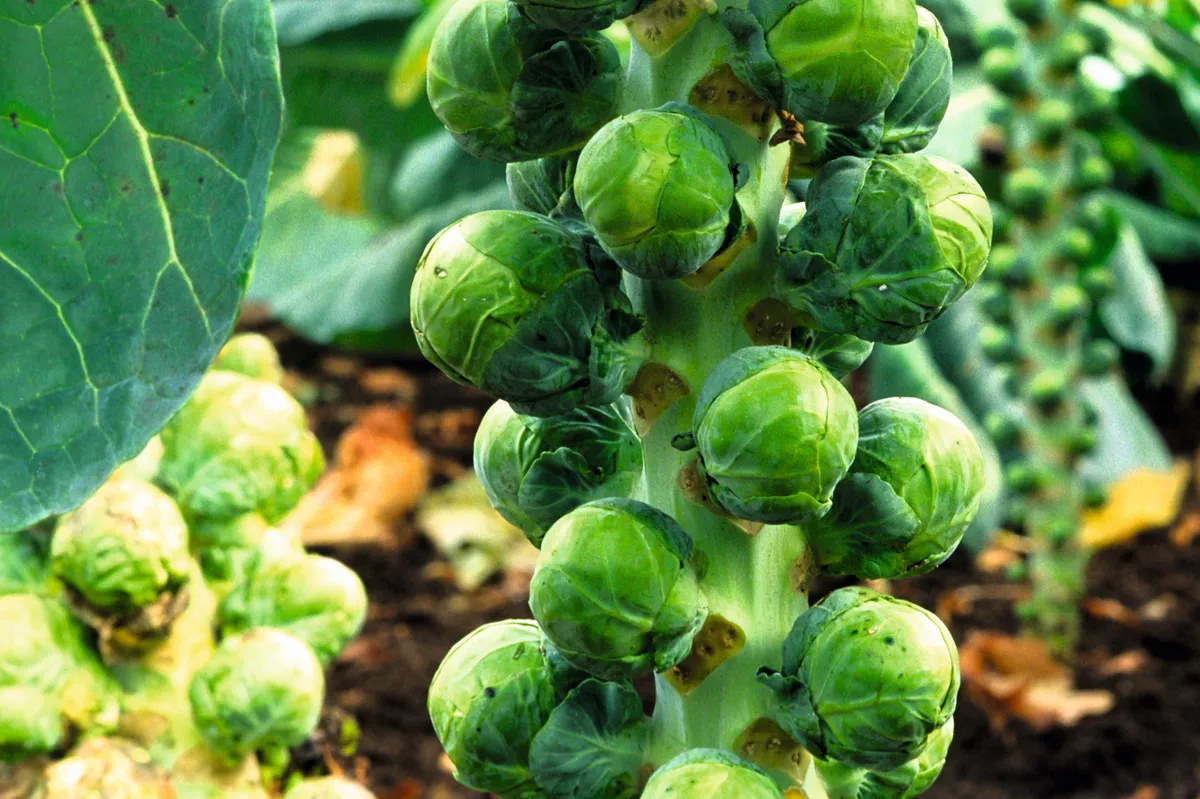
Hardy but may need netting against birds. Sow from April to mid May, preferably under fine mesh to avoid flea beetle. Plant out by mid-June, spacing 60cm apart in rows 75cm apart.
3
Celeriac
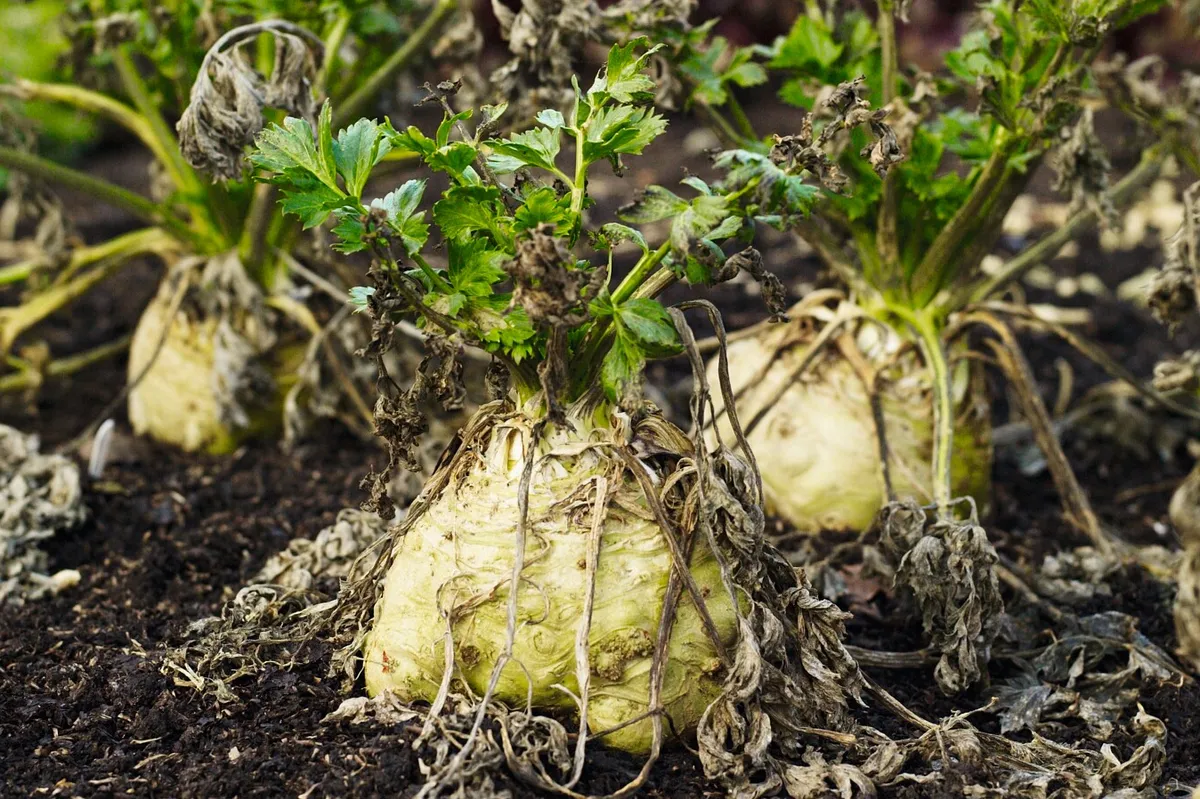
Difficult but worth attempting in heavy, damper soils. Sow in March and prick into modules for planting 35cm apart in mid May. Harvest in November.
4
Chicories
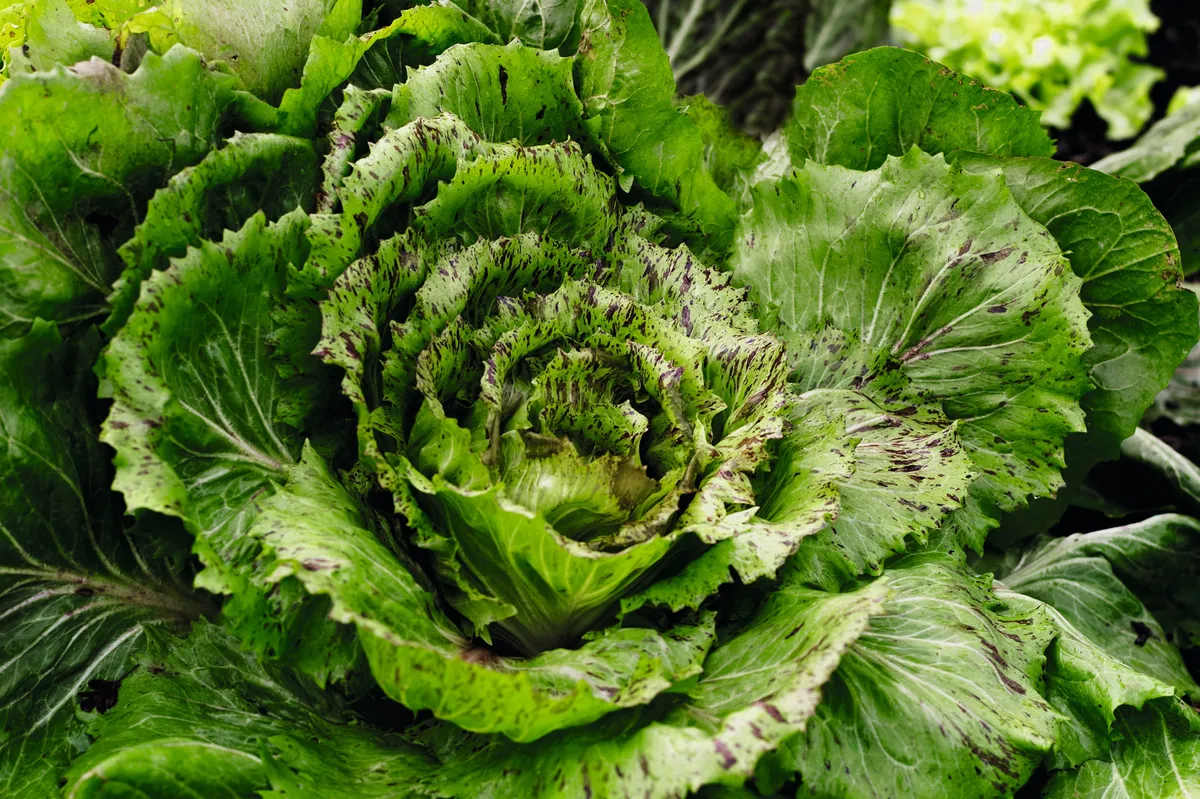
For hearts by November, sow red radicchios (‘Palla Rossa’) and ‘Sugarloaf’ in late June to early July, for planting after potato and onion harvest. Sow ‘Witloof’ in May for roots to dig out and pot on in November, for forcing sweet chicons in a dark cupboard. Plant seedlings 30cm apart.
5
Mustards and salad rocket
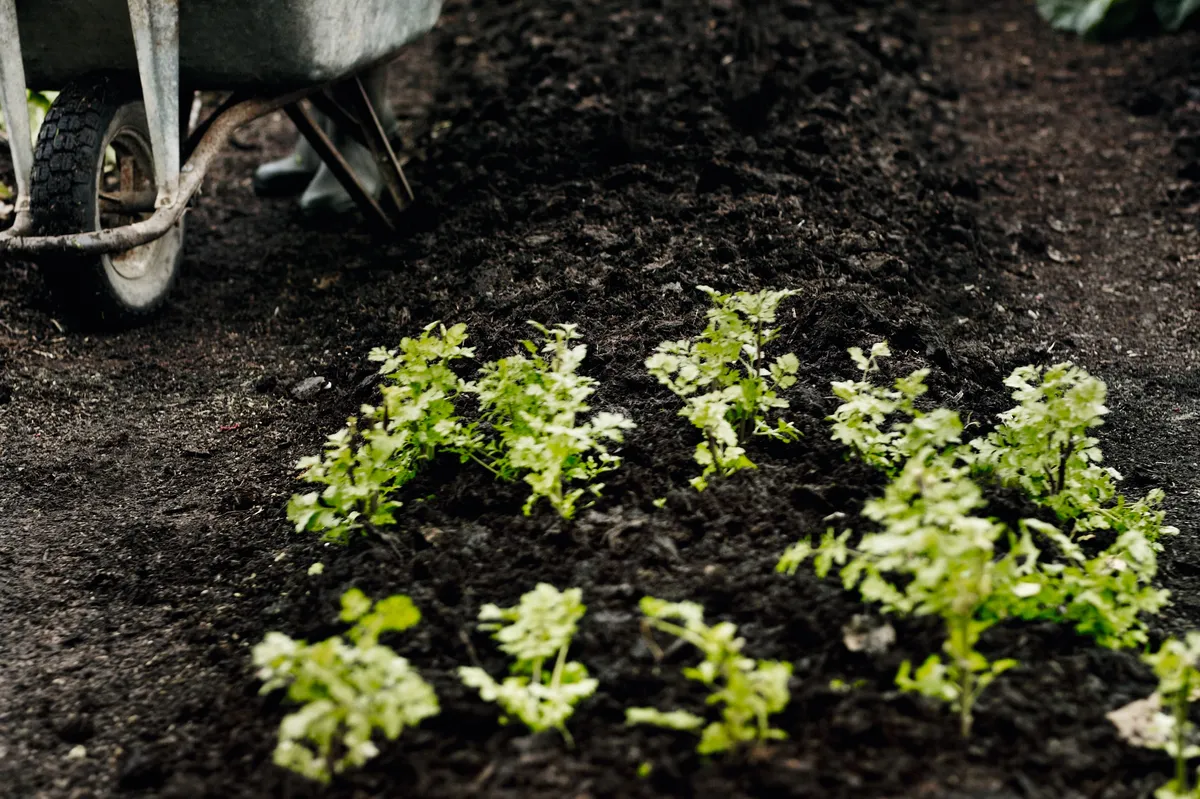
Sow direct or three seeds per module, space closer for baby leaves, wider for large ones (15cm apart). Sow August for harvests from mid September onwards: they survive frost but produce less in winter.
6
Parsnip
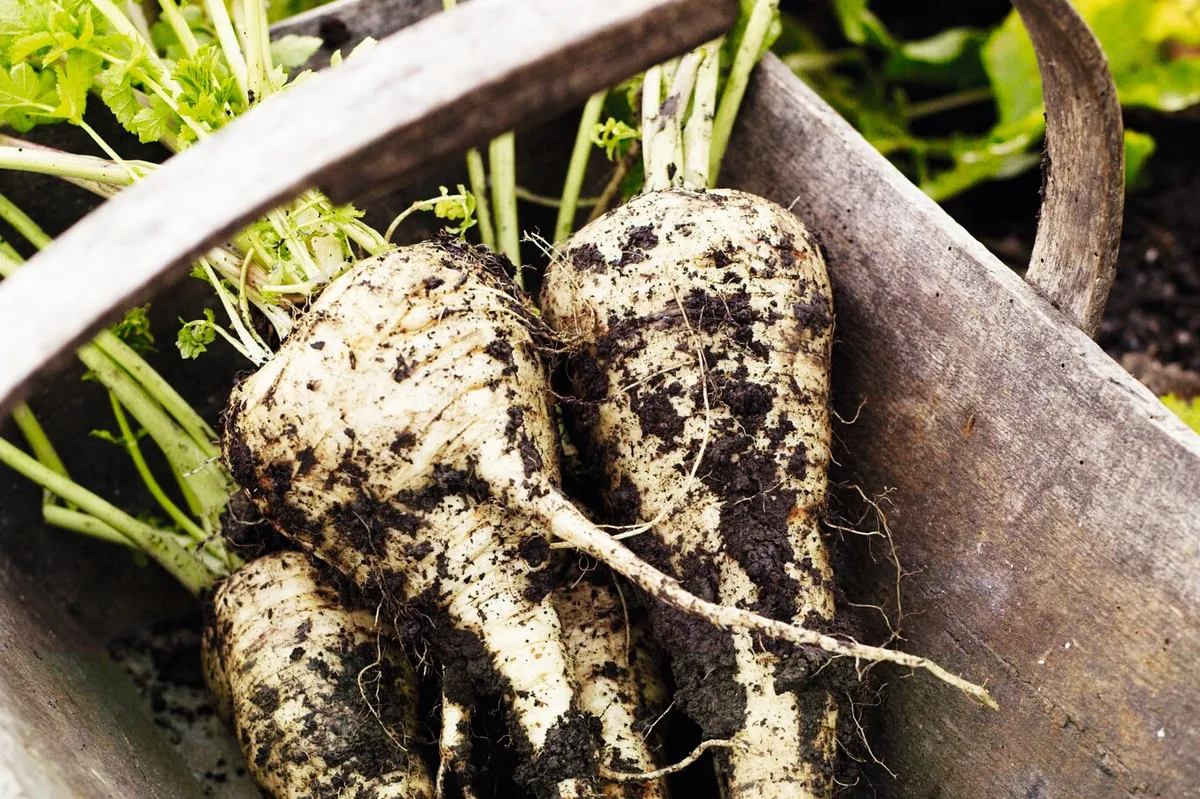
Sow direct in March to May, 5cm apart, in rows 35cm apart. Keep seedbed moist and thin seedlings where necessary. Harvest during winter as required. Roots go down well in undug, heavy soil with compost on top.
7
Purple sprouting broccoli
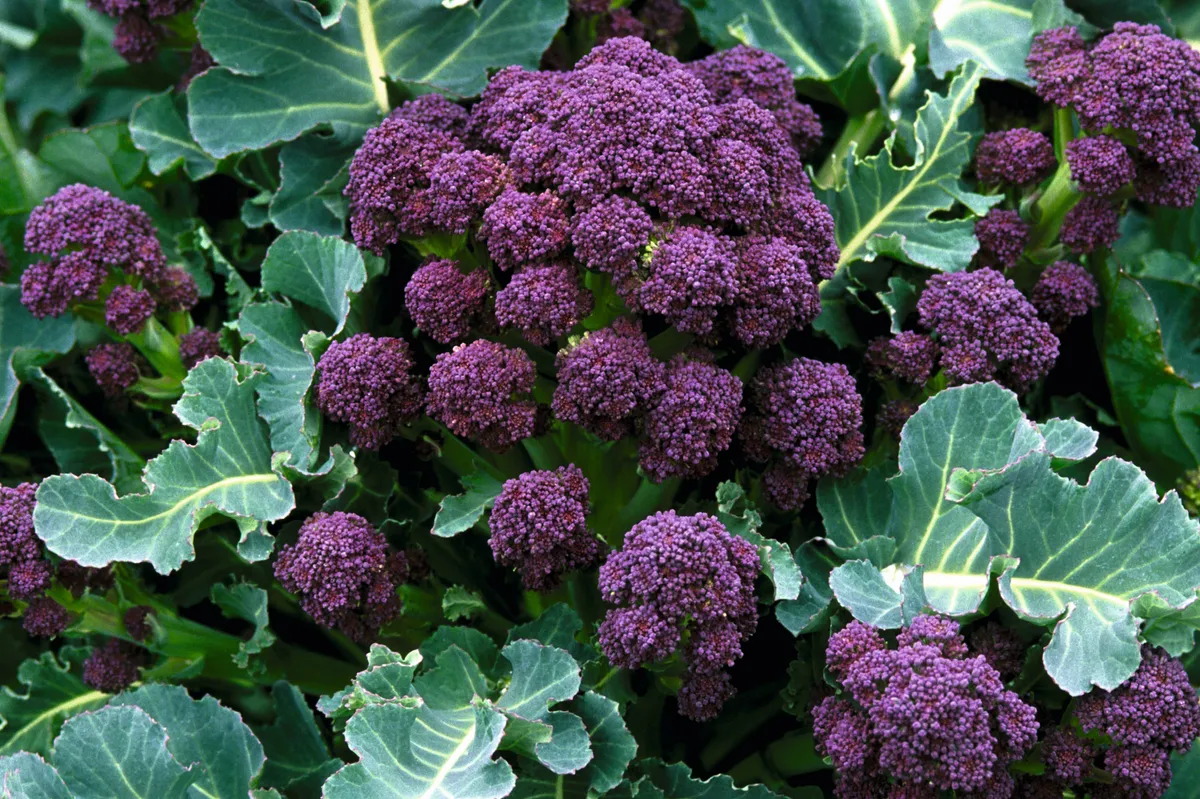
These form large plants but can be sown as late as June. Choose a variety to mature from late winter to mid spring, according to preference. Plant 60cm apart.
8
Kale

Perennial varieties are easy to grow and productive. Otherwise, sow annuals such as ‘Red Russian’, ‘Cavolo Nero’, ‘Hungry Gap’ or ‘Thousand Head’ in June to plant in July. Plant perennial kale 75cm apart and annuals 45cm apart.
9
Leek
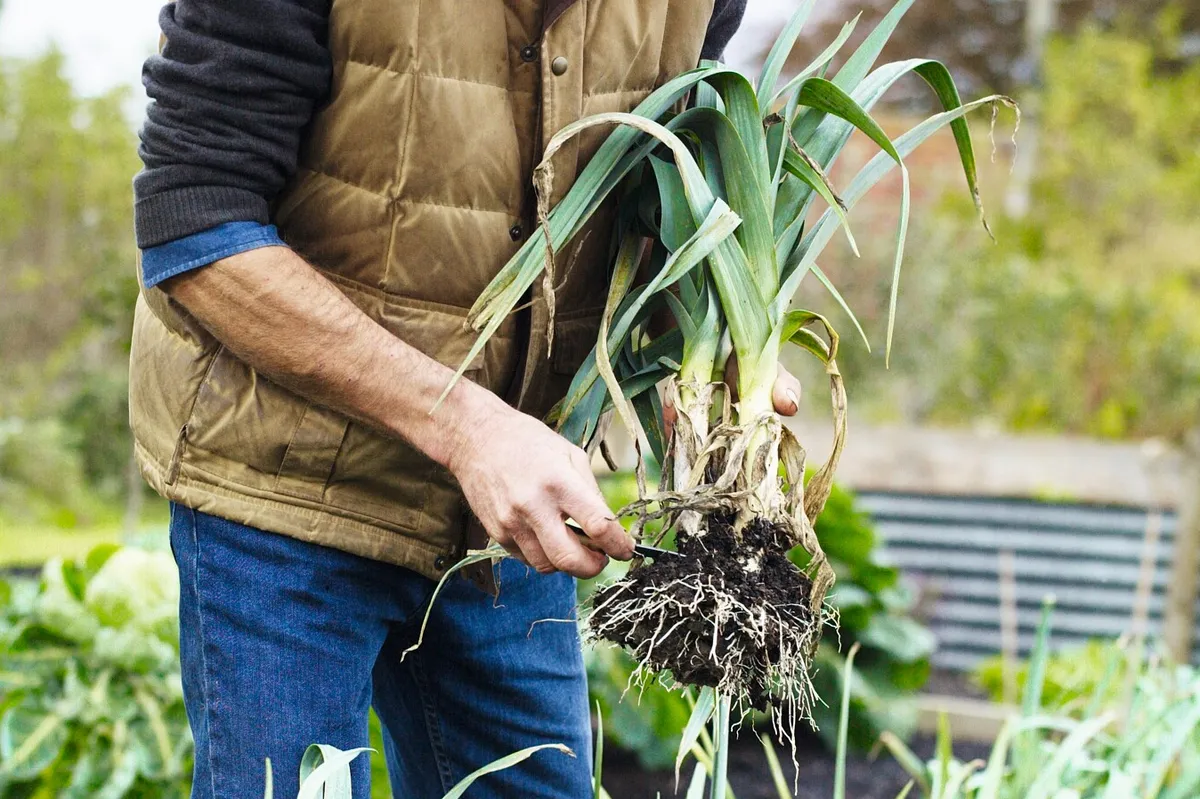
You can grow shallow-planted leeks from multi-sown modules, three in a clump, or larger ones from individual plants, all sown early April and planted by end of June. Grow ‘Bandit’, ‘Husky’ and ‘Apollo’ for winter hardiness and harvest from January to April.
10
Winter squash

Sow mid April undercover, plant by the end of May and harvest from mid September once fruits are full colour and have hard skins. Best success in cooler areas is with 'Uchiki Kuri', a tasty red squash of 750g-1kg average.
Tips on growing winter vegetables from Charles Dowding
Vegetables are hungry plants so it's important to keep your soil fertile.
Weed your plot thoroughly (or mulch with cardboard if weeds are thick), then feed your soil by spreading a 3-5cm layer of well-composted organic matter on the surface. This improves the nutrient levels and soil structure as well as encouraging earthworms and other beneficial soil life. After winter frosts, your soil should have a friable tilth good for plantings and be capable of slowly releasing nutrients through the year.
Early weeding is key
On a dry afternoon in March scuff the surface lightly with a rake to kill weed seedlings. Repeat in April and you'll be well on the way to creating weed-free beds with undisturbed and well-structured soil below. When replanting in summer, all you need to do is clear away the old crop and pop in the new seeds and plant.
Be prepared
Plans are always just a starting point and are likely to change because of weather, failed sowings and pests; be prepared to fill unexpected gaps with new plans, hence it's wise to grow a few extra.